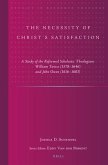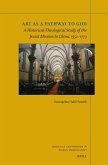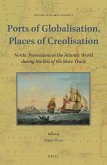This book is available in open access thanks to the generous support of the Adam Mickiewicz University, Poznań This is the first monographic study of the reception of Herman Hugo's emblem book Pia desideria (1624) in the Polish-Lithuanian Commonwealth. It discusses ten different translations and adaptations, showing how the engravings, elegies and exegetical extracts of the original edition were used by Polish-speaking authors. Attention is also given to the reception of the engravings in paintings. Furthermore, the author examines the reasons for the book's popularity, proving that it was determined by the interest of women who did not know Latin, yet constituted the most important target group for the numerous and varied Polish adaptations.
Bitte wählen Sie Ihr Anliegen aus.
Rechnungen
Retourenschein anfordern
Bestellstatus
Storno








